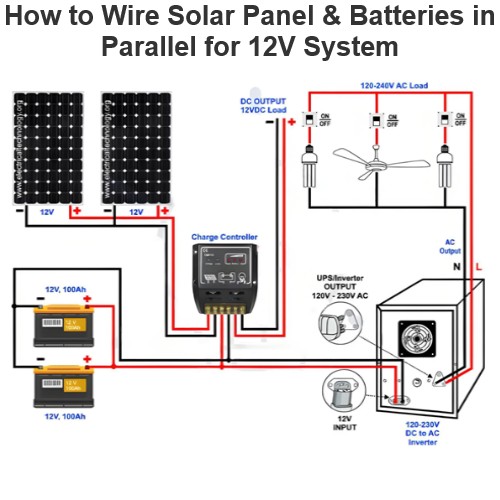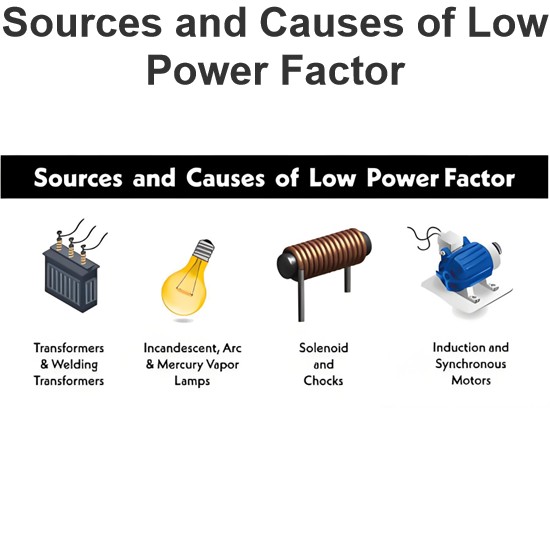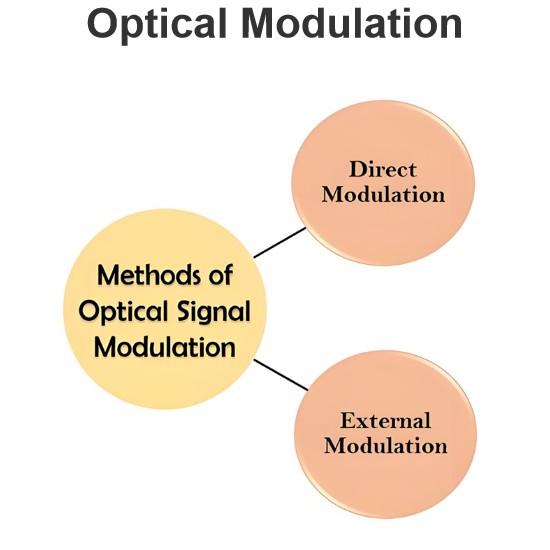Why does earthing have no returning path in electricity?
In electrical systems, grounding (grounding) primarily serves to provide a safe path for fault currents to be directed to the earth, protecting equipment and personnel. However, grounding is not the normal return path for current because there are distinct differences in function and design between grounding and the normal return path. Here are some key reasons:
1. Safety Purpose
1.1 Fault Current Dissipation
Fault Protection: The primary purpose of grounding is to provide a low-impedance path for fault currents to quickly flow to the earth, triggering protective devices (such as circuit breakers or fuses) to trip and cut off the faulty circuit, preventing equipment damage and electric shock.
Safety Grounding: By grounding the equipment enclosure and metal parts, it ensures that the enclosure remains at ground potential even if an internal fault occurs, thus protecting personnel.
2. Normal Operating Path
2.1 Normal Return Path for Current
Neutral Conductor: In normal three-phase or single-phase systems, the return path for current is through the neutral conductor (neutral). The neutral conductor connects to the neutral point of the power source, forming a closed loop to ensure that current can flow back to the power source.
Design Purpose: The neutral conductor is designed to provide a low-impedance path to ensure that current flows smoothly under normal operating conditions, avoiding significant voltage drops or current imbalances.
3. Reducing Electromagnetic Interference
3.1 Minimizing Electromagnetic Interference
Signal Integrity: In electronic devices and control systems, grounding is primarily used to reduce electromagnetic interference (EMI) and radio-frequency interference (RFI), protecting signal integrity and stability.
Reference Point: Grounding provides a stable reference potential to ensure that signals remain unaffected by external interference during transmission.
4. Avoiding Current Imbalance
4.1 Current Balance
Three-Phase Systems: In three-phase systems, the neutral conductor balances the currents among the three phases, ensuring uniform current distribution and preventing excessive neutral current, which could cause voltage drops and overheating of equipment.
Single-Phase Systems: In single-phase systems, the neutral conductor also serves as the return path, ensuring a closed loop between the load and the power source.
5. Regulations and Standards
5.1 Regulatory Requirements
Electrical Codes: National and international electrical codes and standards (such as NEC, IEC) clearly specify the use and design requirements for grounding and neutral conductors to ensure the safety and reliability of electrical systems.
Compliance: Adhering to these codes and standards ensures the compliance and safety of electrical systems, avoiding potential risks and accidents.
Summary
Grounding in electrical systems is primarily used for safety protection and reducing electromagnetic interference, not as the normal return path for current. The normal return path for current is provided by the neutral conductor, which is designed to ensure stable current flow under normal operating conditions, avoiding current imbalances and voltage drops. Grounding and the neutral conductor have distinct functions and designs, working together to ensure the safe and stable operation of electrical systems.
The Electricity Encyclopedia is dedicated to accelerating the dissemination and application of electricity knowledge and adding impetus to the development and innovation of the electricity industry.













